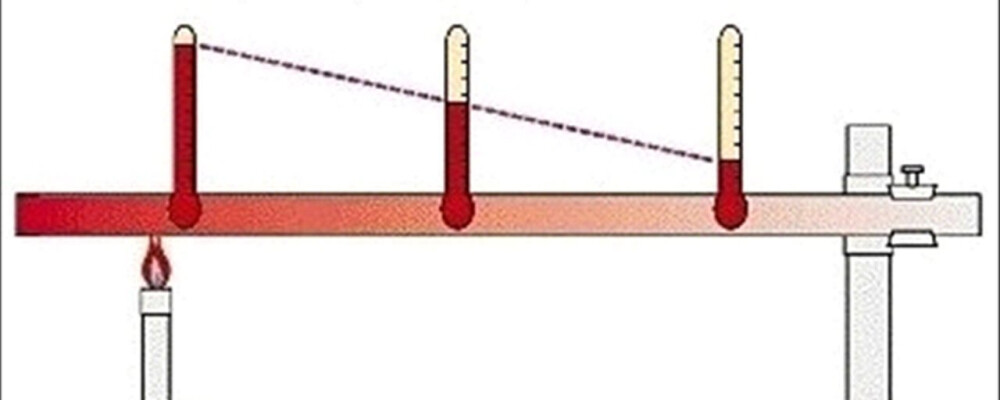How Does Conduction Work: A Deeper Look

What Is Conduction?
Simply put, conduction is the process by which electricity moves through a material. As you might expect, highly conductive materials like metals easily pass electricity. Other materials, like rubber, are less conductive.
Read more with our guide to what is conduction, electricity conduction, heat conduction, and conductive materials.
What Is Conduction Exactly?
Electrons are formed when a turbine moves through a magnetic field. These electrons must go somewhere, so they travel down an electrically conductive highway that easily carries them from place to place. Electric conduction, for our purposes, refers to how easily electricity travels through metal cables.
Metals like gold and copper are excellent at electricity conduction. Their physical properties let electrons flow easily through them. But what about steel?
What Is Conduction: Does Steel Conduct Electricity?
Absolutely, yes! Steel, an alloy primarily composed of iron and carbon, offers a cost-effective option when copper or gold isn’t viable for electricity conduction in large-scale industrial applications. You’ll find numerous examples of steel used in conduction.
How Does Electricity Conduction Work?
So, what is the conduction of electricity? How does conduction work? Conduction is the transfer of heat or electricity at the atomic level through direct contact. Conduction occurs in solids, liquids, and gases. Solids provide the most efficient energy transfer because the molecules are closest to each other.
Next, we’ll look at the two types of conduction.
Conduction of Heat
Heat conduction takes place when molecules increase in temperature and vibrate, which causes the heat to pass to surrounding molecules. This process continues like a domino effect. A hot pan on a stove is a dangerous example of heat conduction. A soothing heating pad on your aching back muscles is a low-key example of heat conduction.
Electricity Conduction
Electricity conduction happens when electrically charged particles move through a material, such as a wire or cable. Electricity can move as electrons or ions. The movement of the particles will depend upon the material and will be dictated by Ohm’s law. Ohm’s law states that the current is proportional to the applied electric field. Metals are typically the best conductors of electricity.
What Is Conduction: Why Does Electricity Conduction Matter?
While electricity conduction is a tried and true energy transfer method, it does come with risks. Electrical cables and connectors can become hazards when heat and electrical energy overload components. Electricity conduction is mitigated by insulators, but prudence suggests treating conductors with abundant caution.
Damaged or malfunctioning wires, cables, or connectors can cause damage and injury through electricity conduction. If improper insulation is used to coat a wire, at some point, the conduction of heat can overwhelm the insulator and cause a fire. Additionally, electricity conduction can cause significant burns if uninterrupted. Fully understanding what conduction physics is can help you take proper safety precautions and spot obvious risks that may be present.
Equip Yourself with Electricity Conduction Equipment
At TGC Company, we offer a range of electricity conduction equipment designed to meet your requirements. Whether you’re an electrician, a DIY enthusiast, or a large-scale contractor, we’ve got competitively priced products, with MSRP ranging from $100 to $500, ensuring high-quality electricity conduction solutions that won’t break the bank.
Work with Gateway Cable Company
Now you know more about electricity conduction and heat conduction. Do you need more concrete answers about, “What is conduction?” Contact us today. We are happy to provide consultation on electrical principles and our products.
